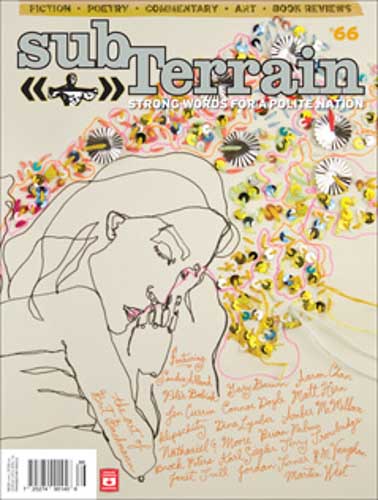The Southern Humanities Review, published at Auburn University and affiliated with the Southern Humanities Council, is a humanities journal with a Southern flavor, not a review of the humanities in the South. This means it publishes fiction, poetry, essays, and reviews that may or may not be anchored in Southern culture. For example, the lead piece, an essay by James Braziel titled “The Ballad of JD,” is set in Georgia and Alabama and is rich in down-home, colloquial language and detail. “I’ve seen him drinking Thunderbird before, what we call hog liquor back home because it smells like a pig farm and gasoline and faintly of overripe oranges,” he reports of a man who has nearly burned himself up in an apartment fire. JD, the title character, works at the pulpwood yard and sometimes at loading watermelons badly, a nobody whose anonymous, hard life makes him, paradoxically, memorable. To tell his story, Braziel takes the long way around, making the side trips as important as the destination, the way Southerners do. So the essay is both set in the South and is Southern in its delivery. Continue reading “Southern Humanities Review – Fall 2013”

